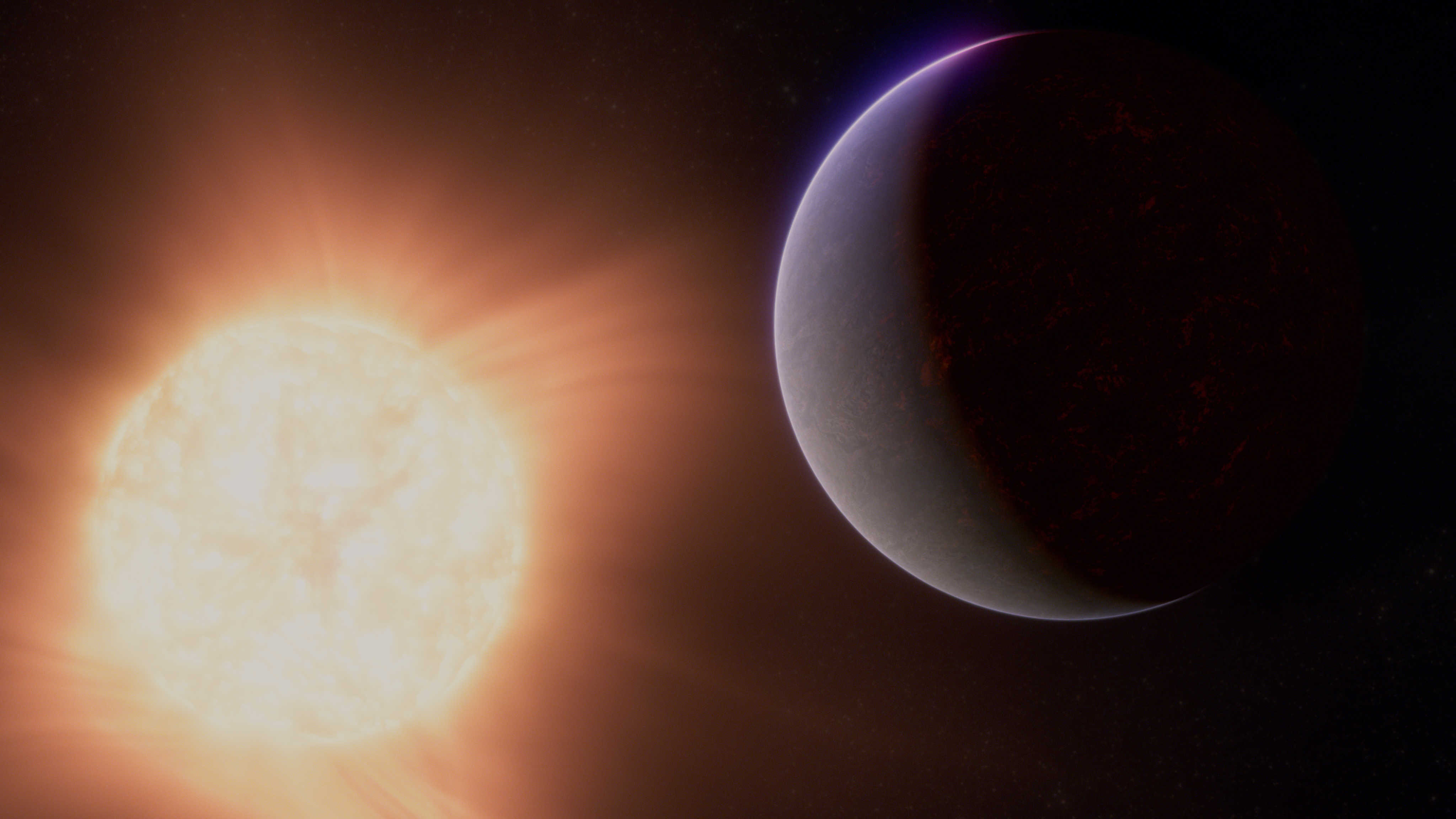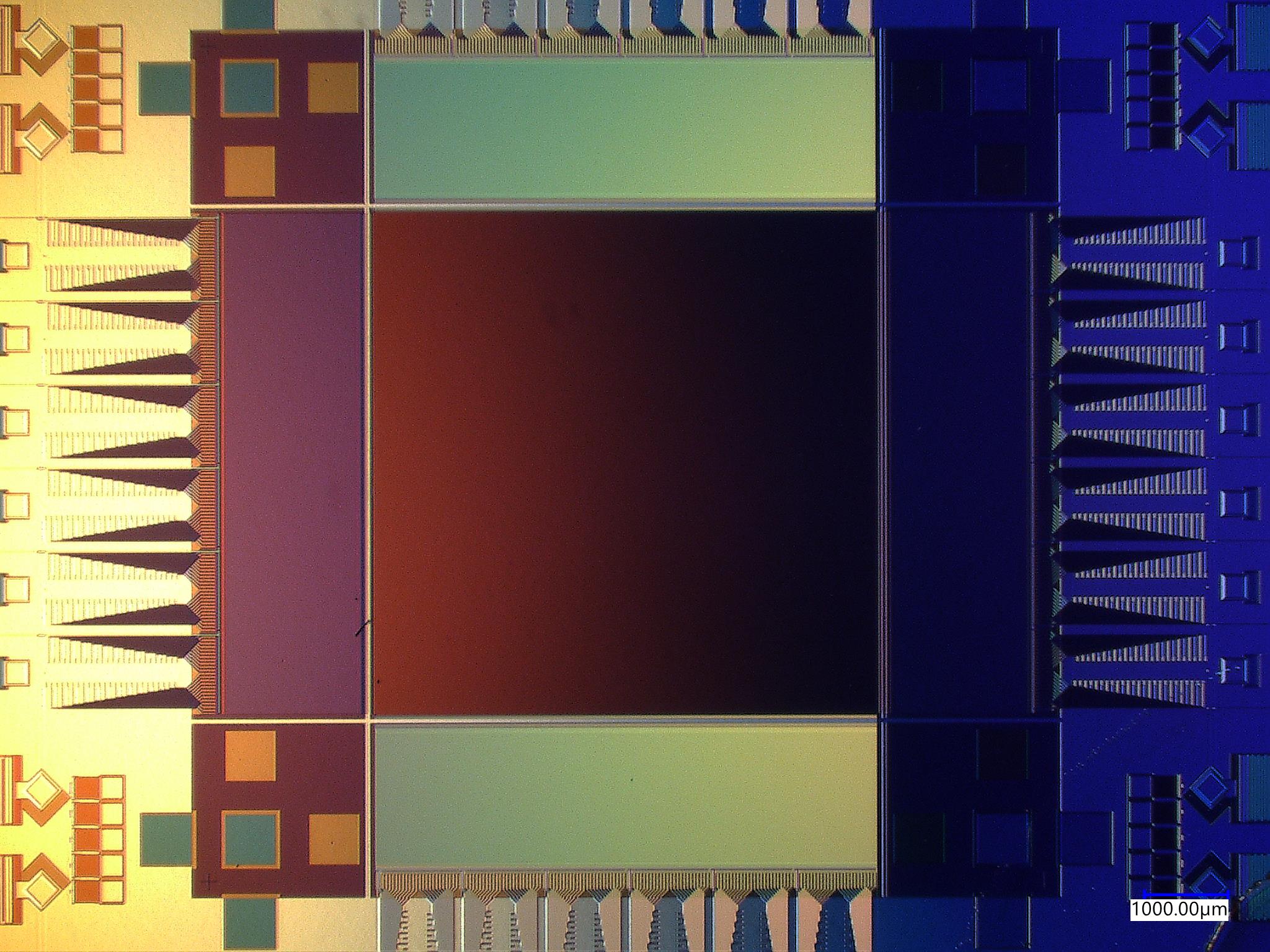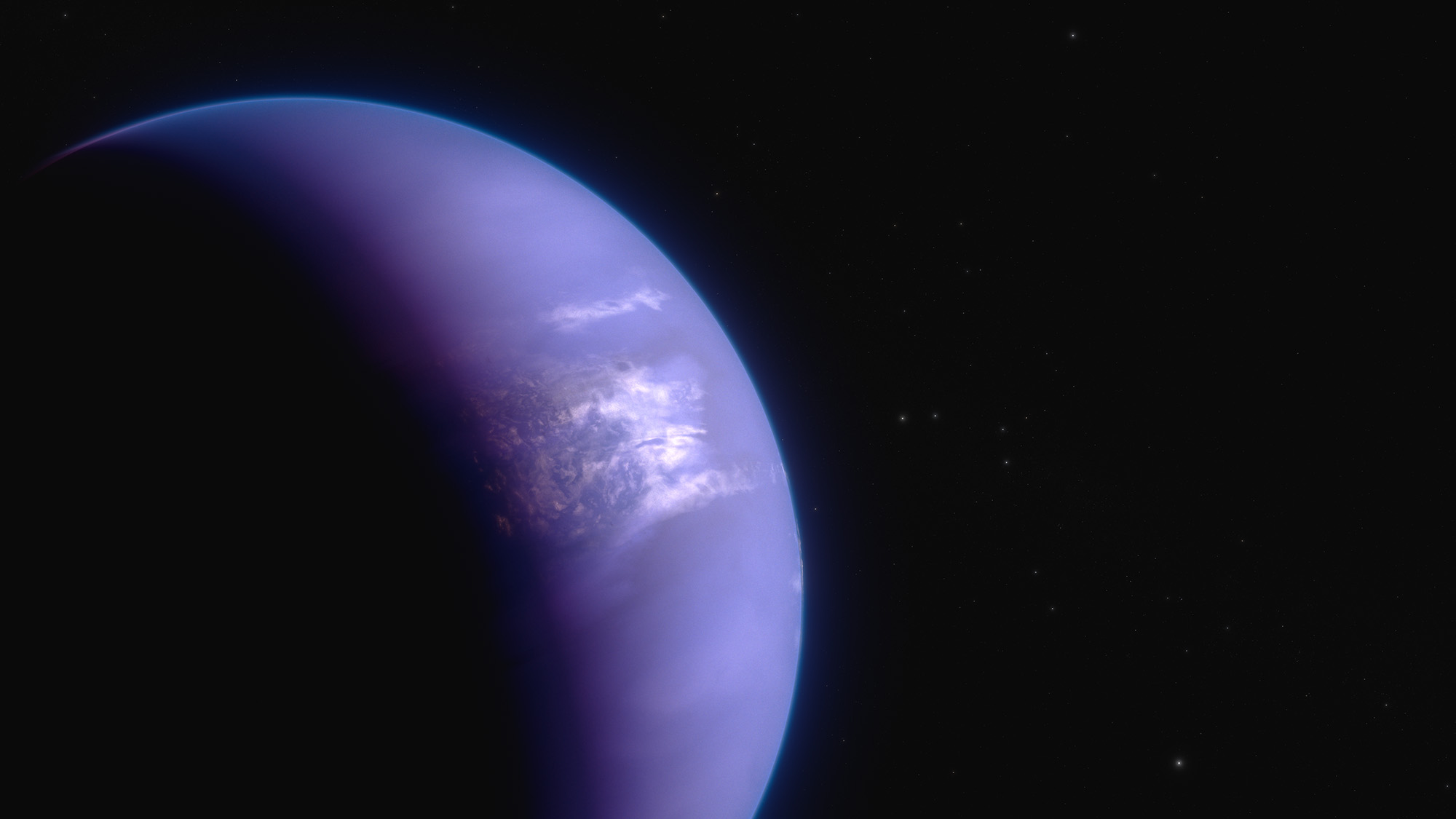Exoplanet Stories
Filters

NASA’s Webb Hints at Possible Atmosphere Surrounding Rocky Exoplanet
Researchers using NASA’s James Webb Space Telescope may have detected atmospheric gases surrounding 55 Cancri e, a hot rocky exoplanet 41 light-years from Earth. This is the best evidence to date for the existence of any rocky planet atmosphere outside…

Breaking the Scaling Limits: New Ultralow-noise Superconducting Camera for Exoplanet Searches
When imaging faint objects such as distant stars or exoplanets, capturing every last bit of light is crucial to get the most out of a scientific mission. These cameras must be extremely low-noise, and be able to detect the smallest…

NASA’s Webb Maps Weather on Planet 280 Light-Years Away
An international team of researchers has successfully used NASA’s James Webb Space Telescope to map the weather on the hot gas-giant exoplanet WASP-43 b. Precise brightness measurements over a broad spectrum of mid-infrared light, combined with 3D climate models and…
